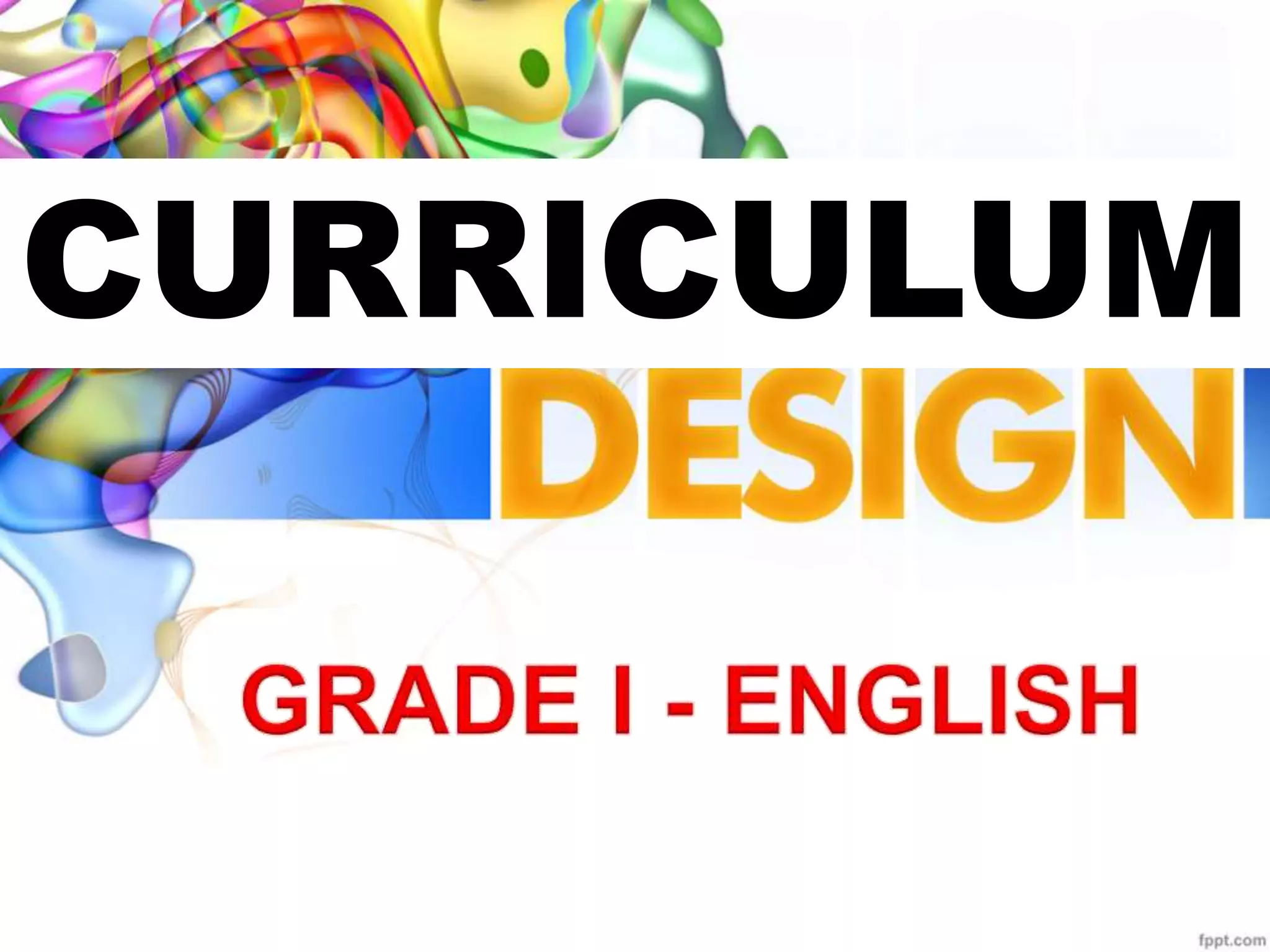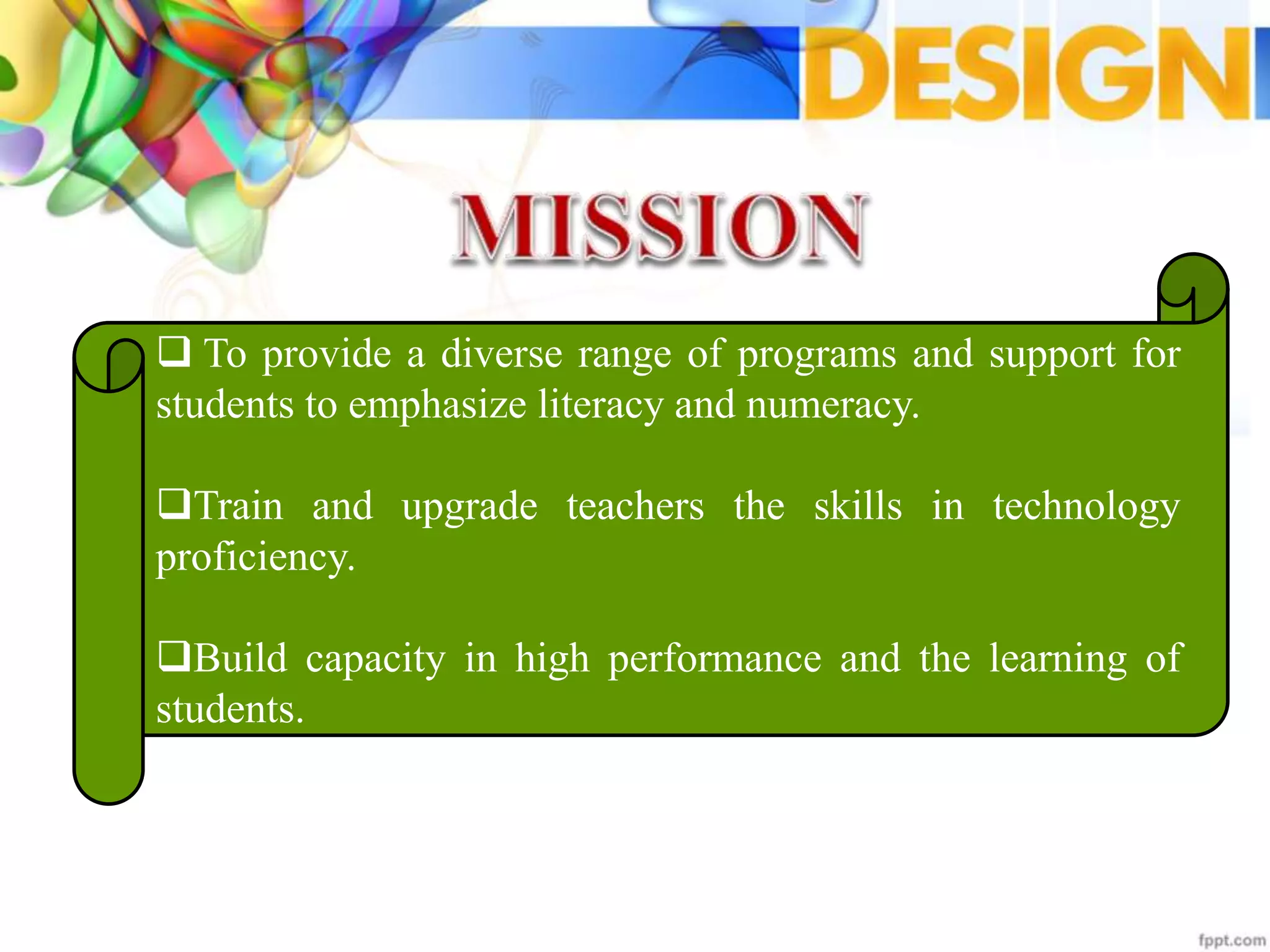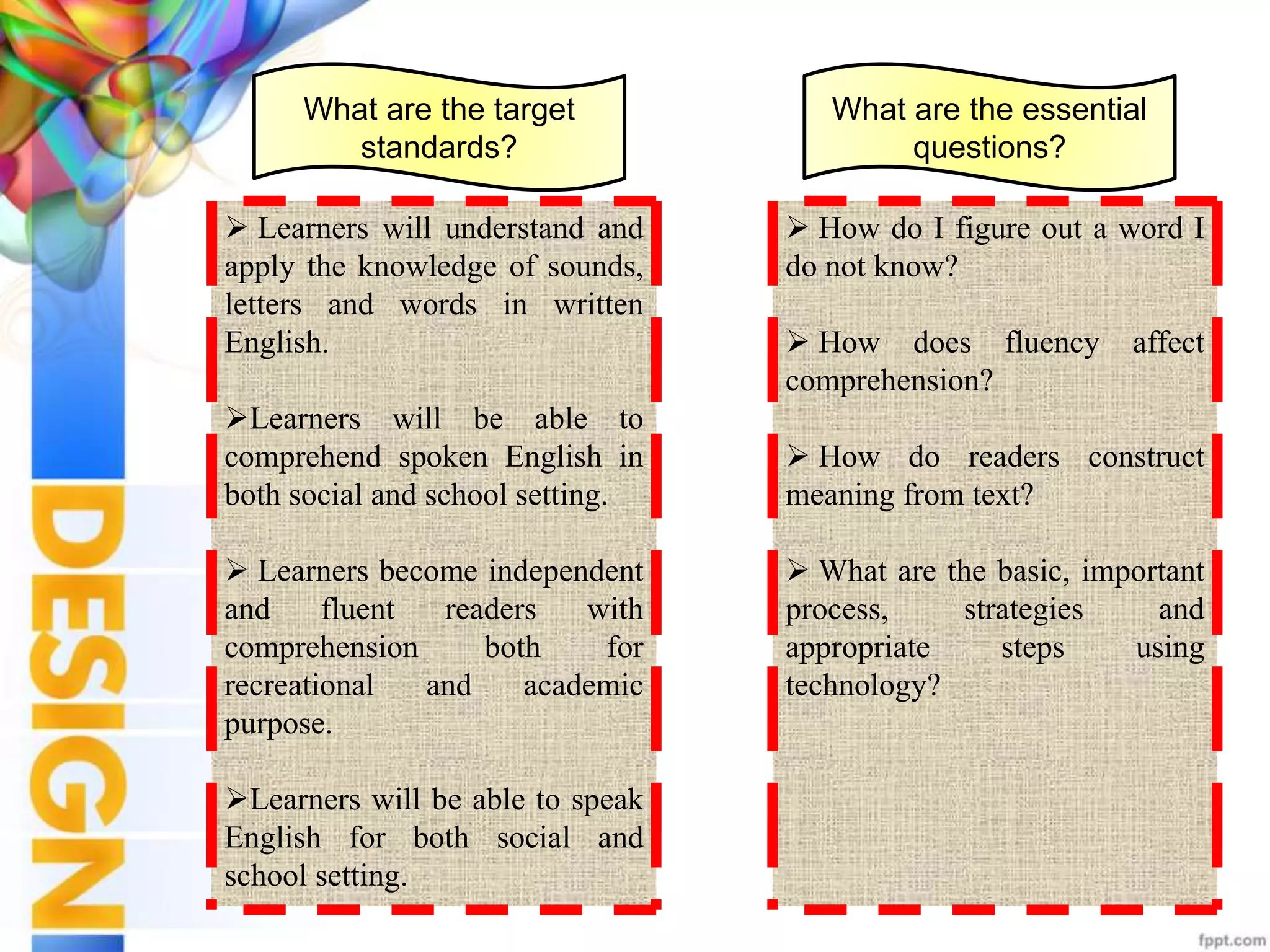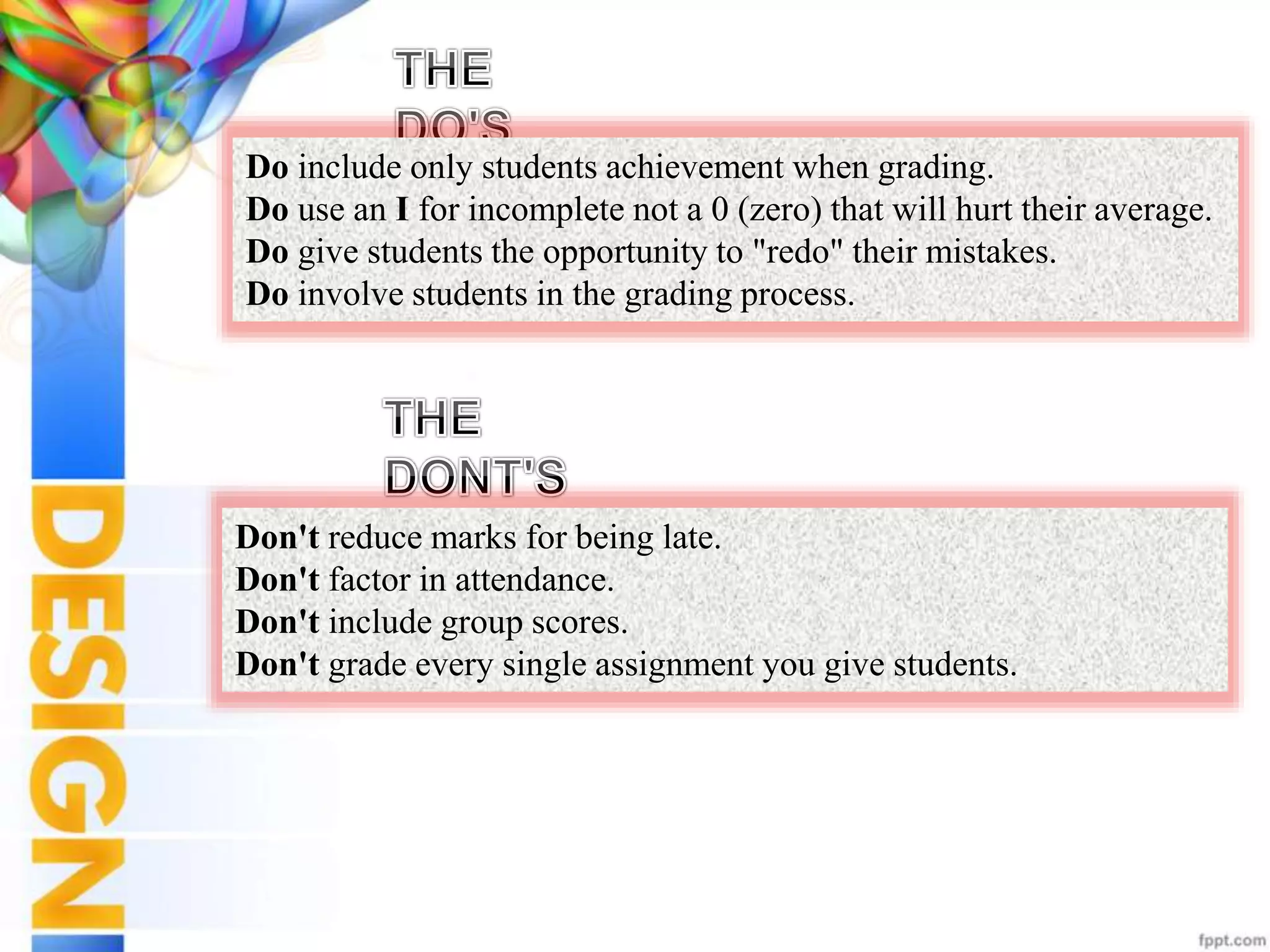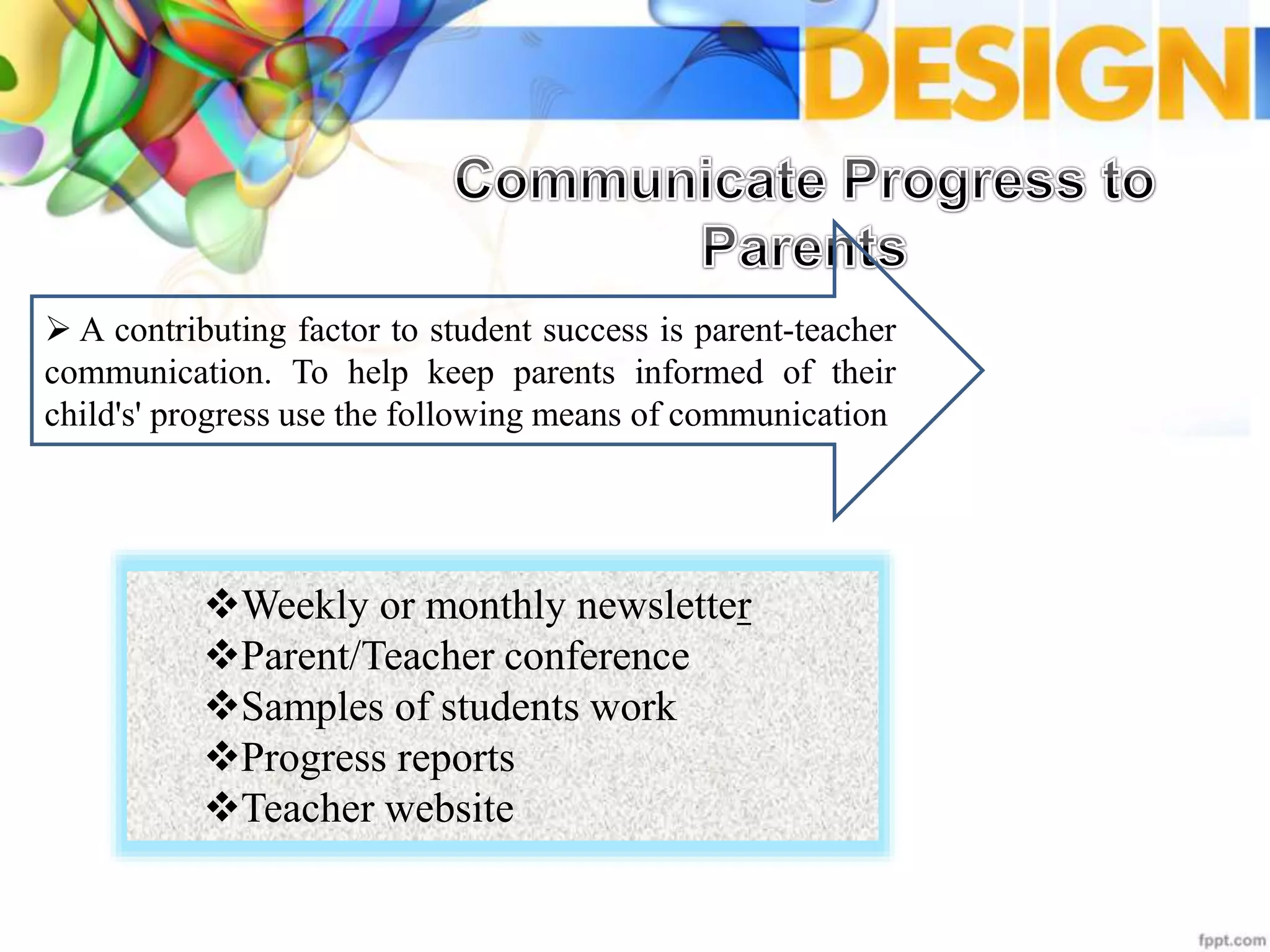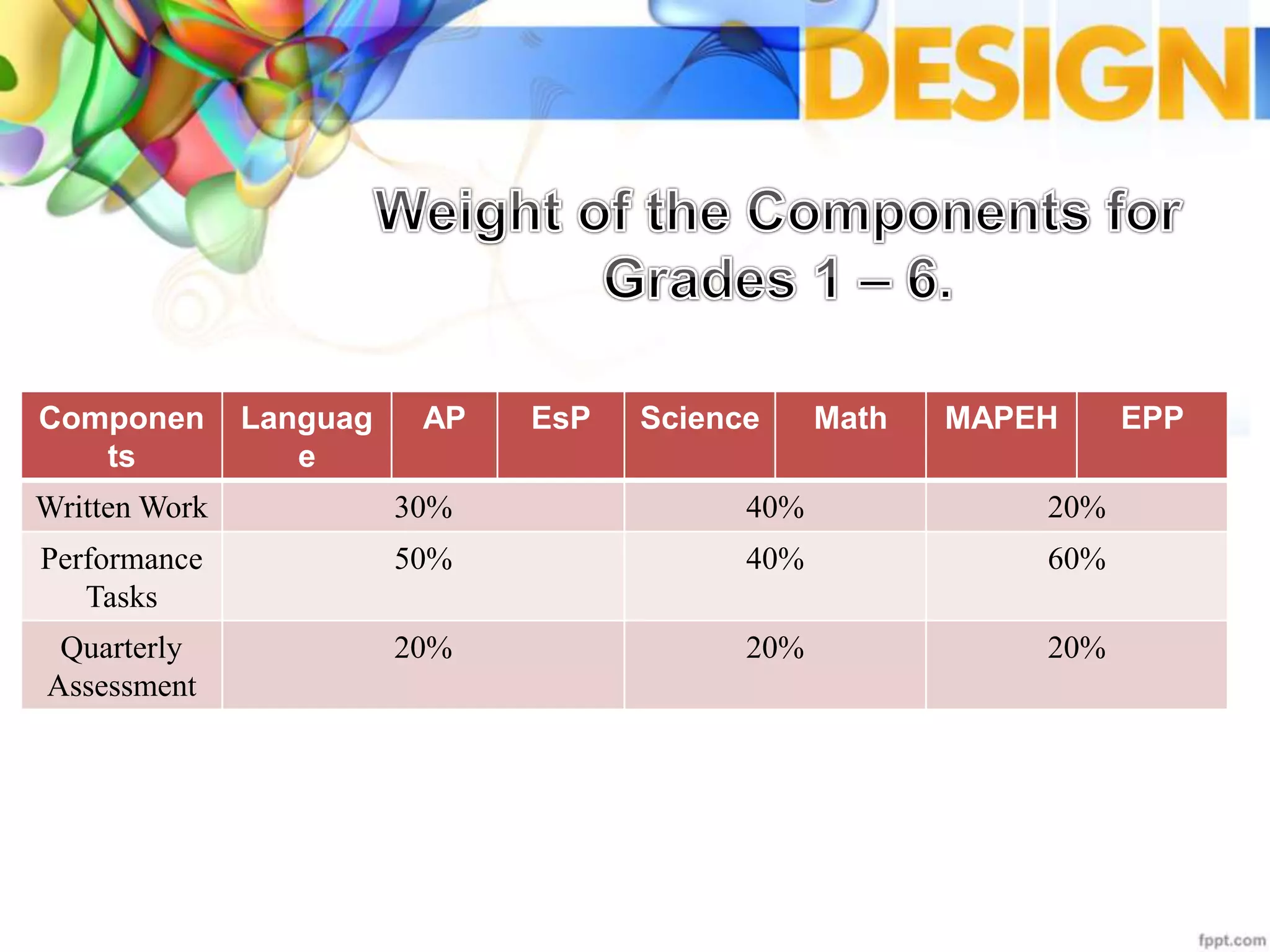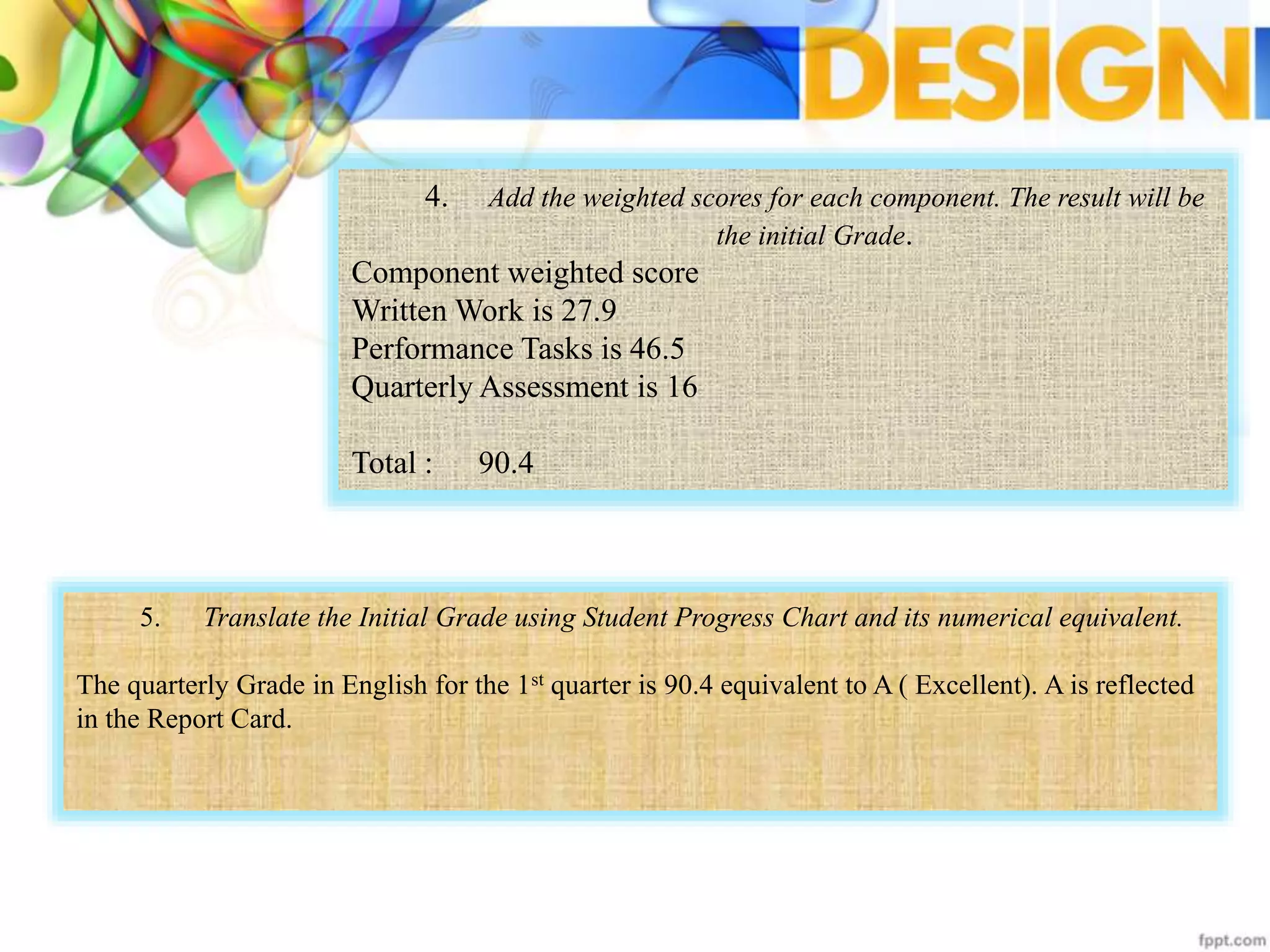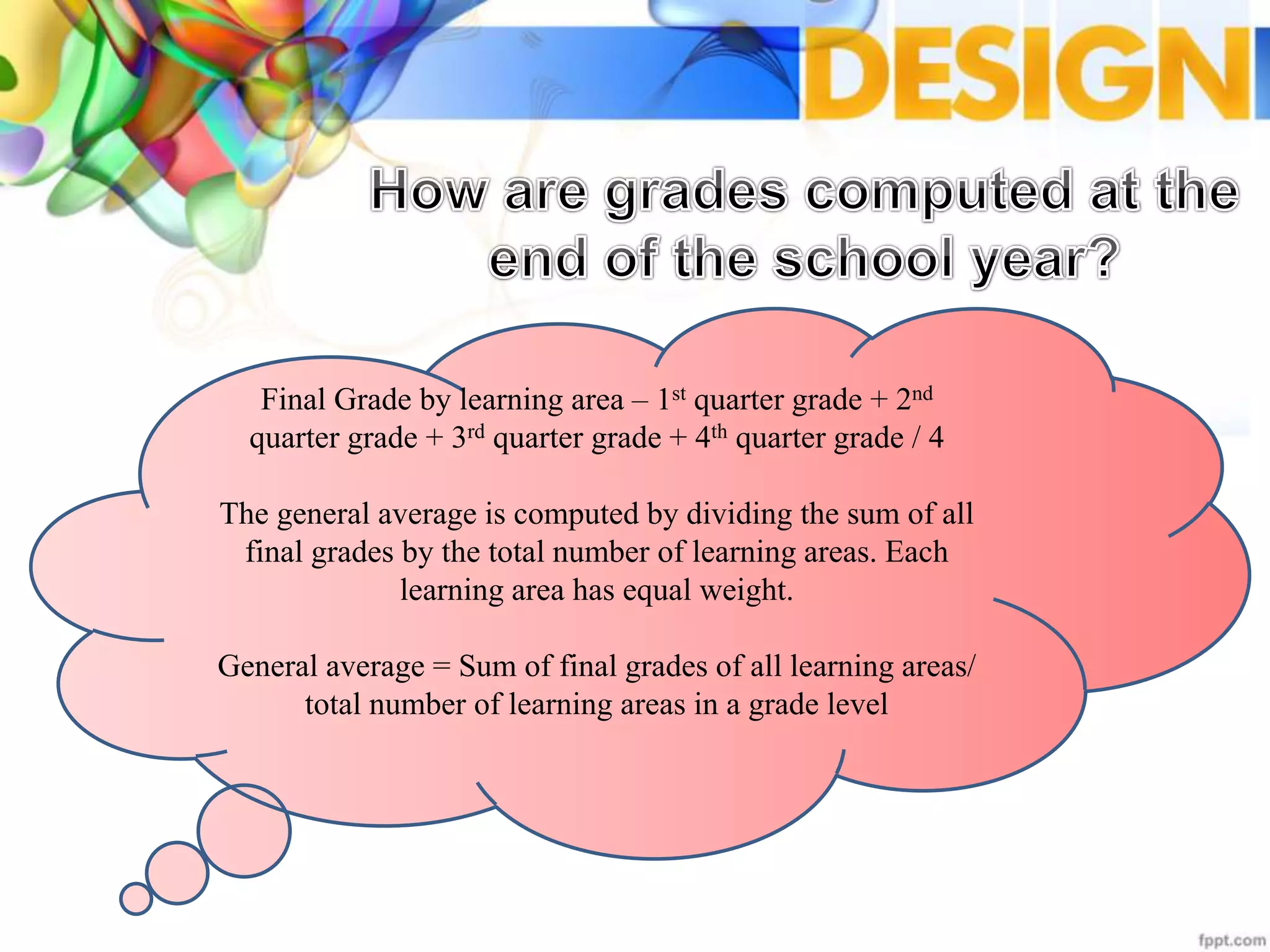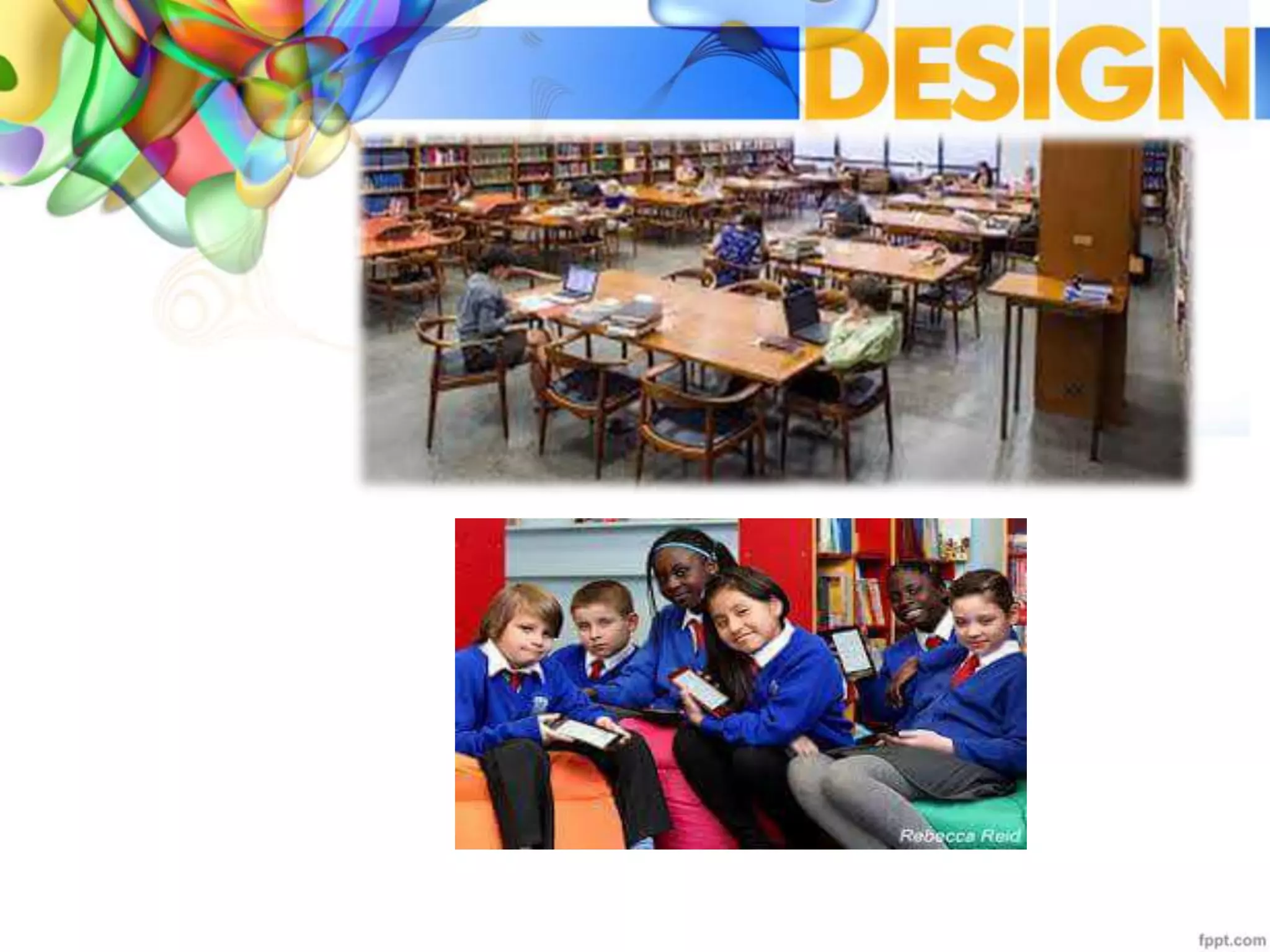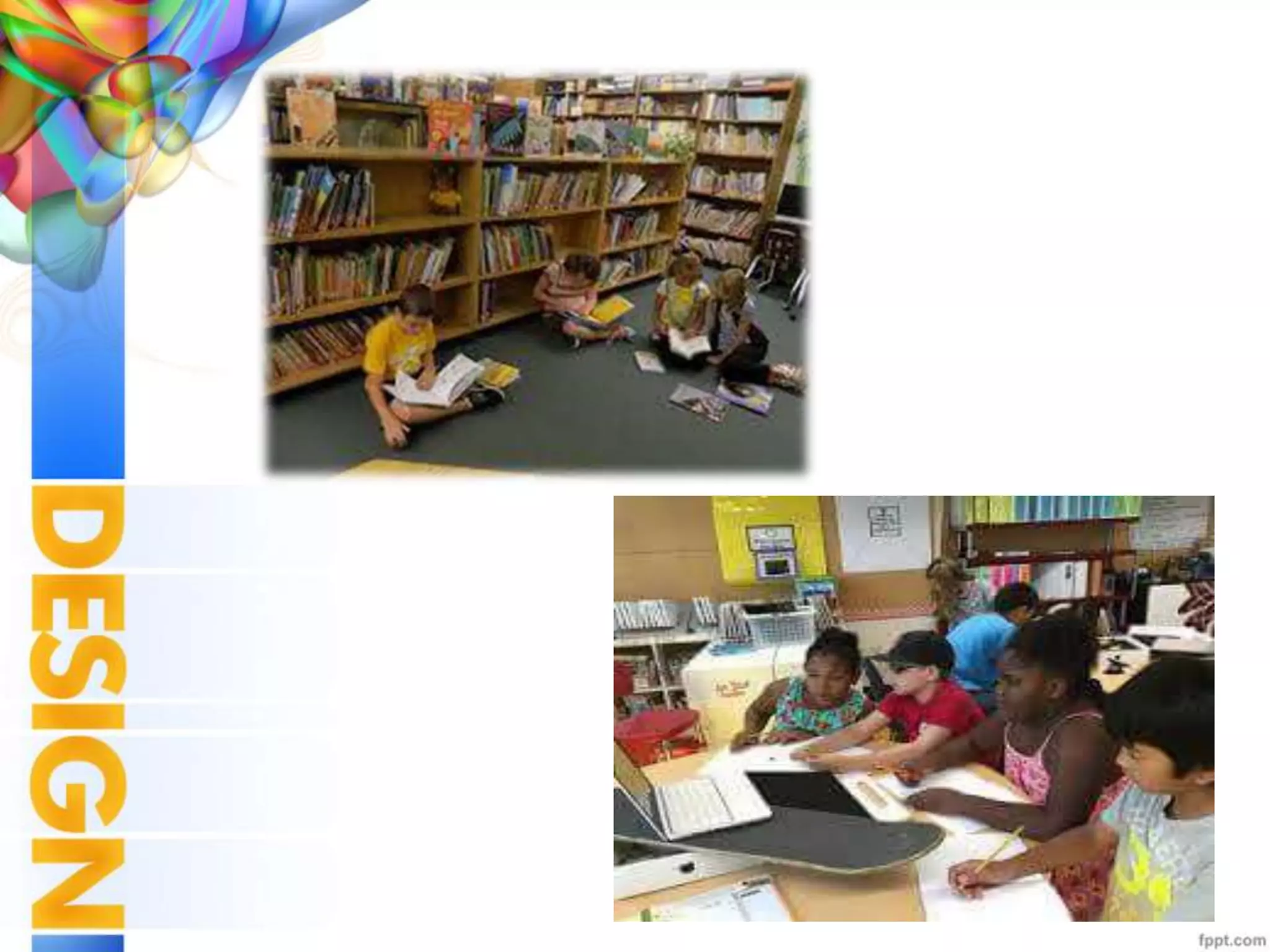The document outlines a curriculum focused on enhancing literacy and numeracy skills through diverse programs, technology proficiency, and teacher training. It emphasizes the importance of assessment in tailoring instruction to meet students' needs and promoting parent-teacher communication. Grading procedures, including weighted scores for various assessments, are detailed to ensure fair evaluation and facilitate student progress towards academic goals.
